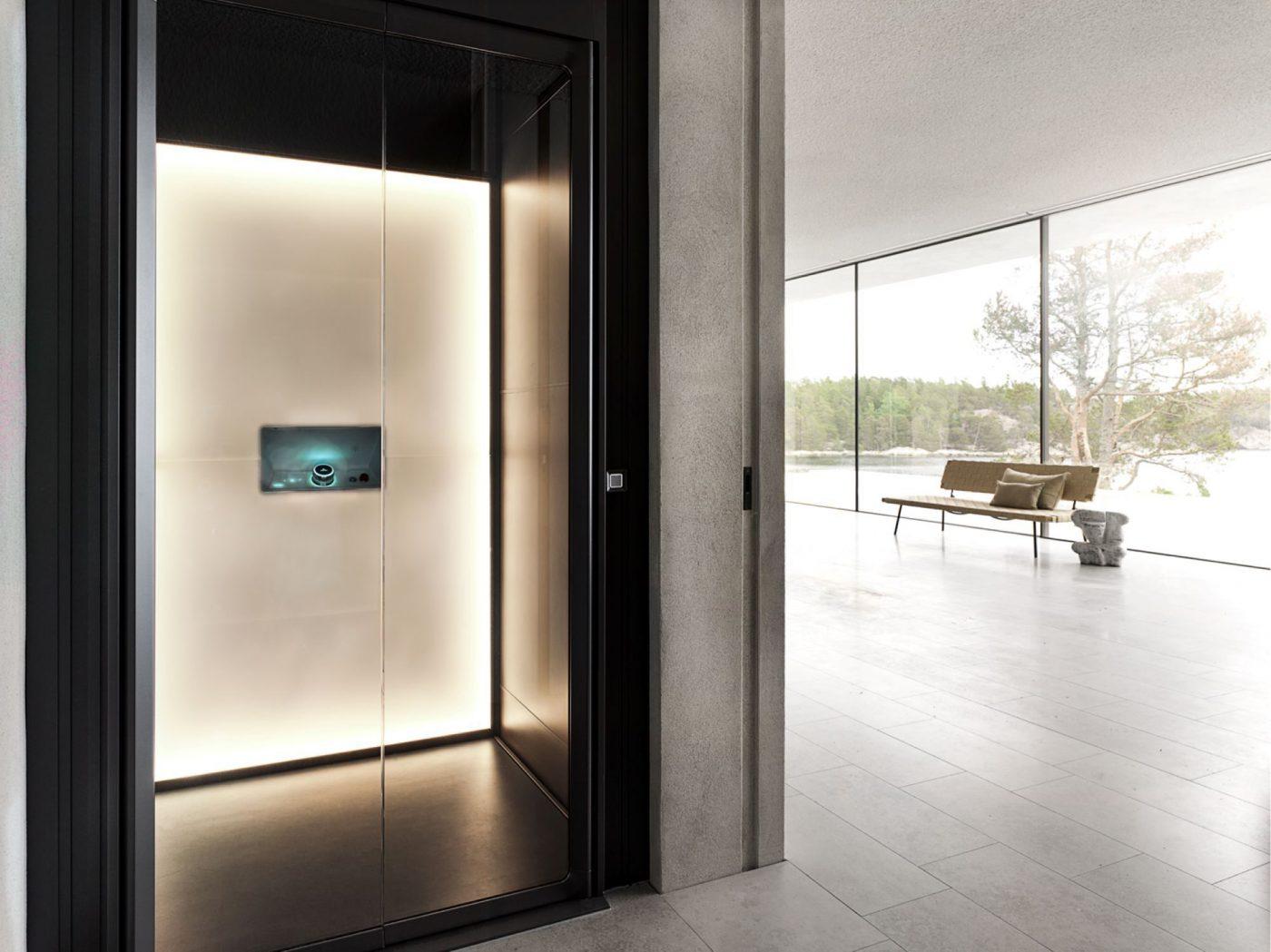Economical Lift Repair Near Me: Professional Professionals at Your Service
Exploring the Globe of Elevators: Usual Concerns Dealt With by Various Lift Devices
As we browse through the upright transportation systems of modern-day structures, elevators attract attention as an indispensable element of our lives. Nonetheless, behind their seamless procedure lies a globe of elaborate devices that can occasionally experience challenges. From hydraulic lifts to grip systems and machine-room-less styles, each lift kind includes its set of usual concerns. Recognizing these difficulties is essential for ensuring the smooth performance of these vital systems. Allow's explore the complexities that underlie the procedure of elevators and the prospective issues that can develop, dropping light on the complex web of lift systems.
Hydraulic Lifts
Hydraulic elevators, frequently preferred for low-rise buildings, use fluid stress to control the movement of the lift vehicle (lift repair companies). This mechanism involves a hydraulic pump pressing oil right into a cylinder, triggering the lift to relocate in the desired direction. While hydraulic elevators are understood for their silent and smooth procedure, they do come with their own collection of usual issues
One common issue with hydraulic lifts is oil leak. The seals in the hydraulic system can wear out over time, causing oil infiltration. This not just produces a mess yet can also impact the elevator's performance if left unaddressed. Additionally, problems with the control system, such as damaged valves or a malfunctioning pump, can cause interruptions in the lift's movement.
Routine maintenance and prompt fixings are important to make certain the smooth performance of hydraulic elevators. By resolving these common concerns proactively, structure owners can minimize downtime and make sure the safety and security and effectiveness of their vertical transportation system.
Grip Elevators
When considering vertical transport systems in structures, one more common kind besides hydraulic elevators is the grip elevator. Grip lifts run utilizing a system of ropes and counterweights that move the lift car by clutching onto the hoist ropes. This mechanism enables for smoother and quicker upright transportation compared to hydraulic systems.
One of the usual concerns faced by traction lifts is rope wear. The constant activity of the ropes within the traction system can lead to tear and use in time, possibly causing the lift to malfunction or come to be unsafe for usage. Regular assessments and upkeep of the ropes are important to guarantee the lift's appropriate functioning and safety and security.
One more problem that grip elevators might experience is associated with the control system. Issues with the control system can bring about concerns such as unpredictable movement, delays in feedback times, or perhaps full closures. Normal testing and upkeep of the control system are essential to avoid such issues and make sure the elevator's reliability.
Machine-Room-Less (MRL) Lifts

Among the key elements of MRL elevators is the small gearless traction equipment that is installed within the hoistway. This device successfully drives the lift automobile without the need for cumbersome devices located in standard grip lifts. Additionally, MRL elevators commonly make use of a weight system to we maintain lifts balance the vehicle, additional boosting their power performance.
Regardless of their advantages, MRL lifts might face challenges connected to upkeep and repair work as a result lift companies in London of the restricted space for tools setup. Ease of access for servicing components within the shaft can be restricted, requiring specialized training for professionals. Appropriate maintenance timetables and routine evaluations are crucial to make sure the ongoing smooth operation of MRL elevators.
Overloading and Weight Limit Issues
Are lifts geared up to take care of excess weight tons successfully and securely? Straining and weight restriction problems are critical worries in elevator operations. Lift producers design lifts with certain weight capacities to make certain passenger security and equipment durability. Going beyond these weight restrictions can lead to different troubles, including mechanical failings, hold-ups, and safety dangers.
When elevators are overwhelmed, it puts extreme pressure on the electric motor, cables, and other elements, potentially triggering failures or breakdowns. If they discover excess weight, safety and security devices such as sensing units and overload sensing units are in location to stop elevators from moving. Additionally, exceeding weight limits can result in raised energy consumption and wear and tear on the lift system.
To minimize overwhelming problems, developing supervisors must prominently show weight limitations in elevators and inform residents on the significance of sticking to these constraints - lift repair companies. Routine maintenance checks by certified professionals can additionally aid make sure that elevators are running within risk-free weight parameters. By addressing overloading and weight restriction problems proactively, building proprietors can improve elevator safety and security and effectiveness
Electrical System Failings
Surpassing weight restrictions in lifts can not only lead to mechanical issues however likewise possibly contribute to electrical system failures within the lift facilities. Electric system failings are a critical issue in elevator operation, as they can create unanticipated shutdowns, malfunctions, or even safety risks.
Normal maintenance and inspections are important to determine and resolve potential electrical concerns without delay, guaranteeing the efficient and safe operation of lift systems. By adhering to weight limitations and carrying out regular electric system checks, structure owners can alleviate the danger of electric failings in lifts.
Final Thought

Hydraulic lifts, usually chosen for low-rise structures, make we maintain lifts use of fluid stress to manage the activity of the elevator vehicle.When taking into consideration vertical transportation systems in buildings, another common type apart from hydraulic lifts is the grip elevator. Traction elevators operate using a system of ropes and weights that move the lift cars and truck by grasping onto the hoist ropes. Unlike conventional elevators that require a separate machine area to house the tools, MRL lifts integrate many of the components within the shaft, eliminating the need for a committed machine area.In final thought, elevators encounter typical issues such as hydraulic malfunctions, traction system failures, and electric system troubles.